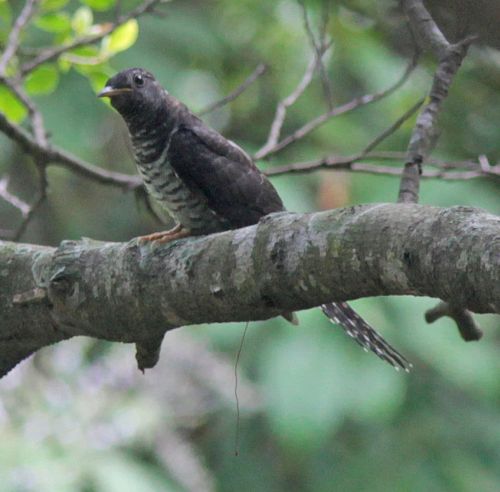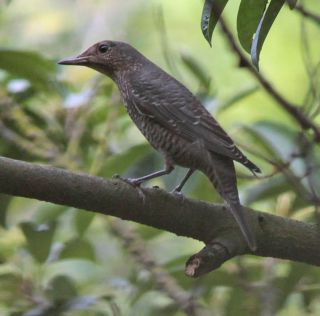Quote:
Original posted by Tony at 30/08/2011 21:43
Referring to Geoff information about the demolition of the school, I found that there are no any statutory protection of the island to safeguard the natural landscape and ecological importance of Po T ...
















 An addiction to the readers, hehe.
An addiction to the readers, hehe.







